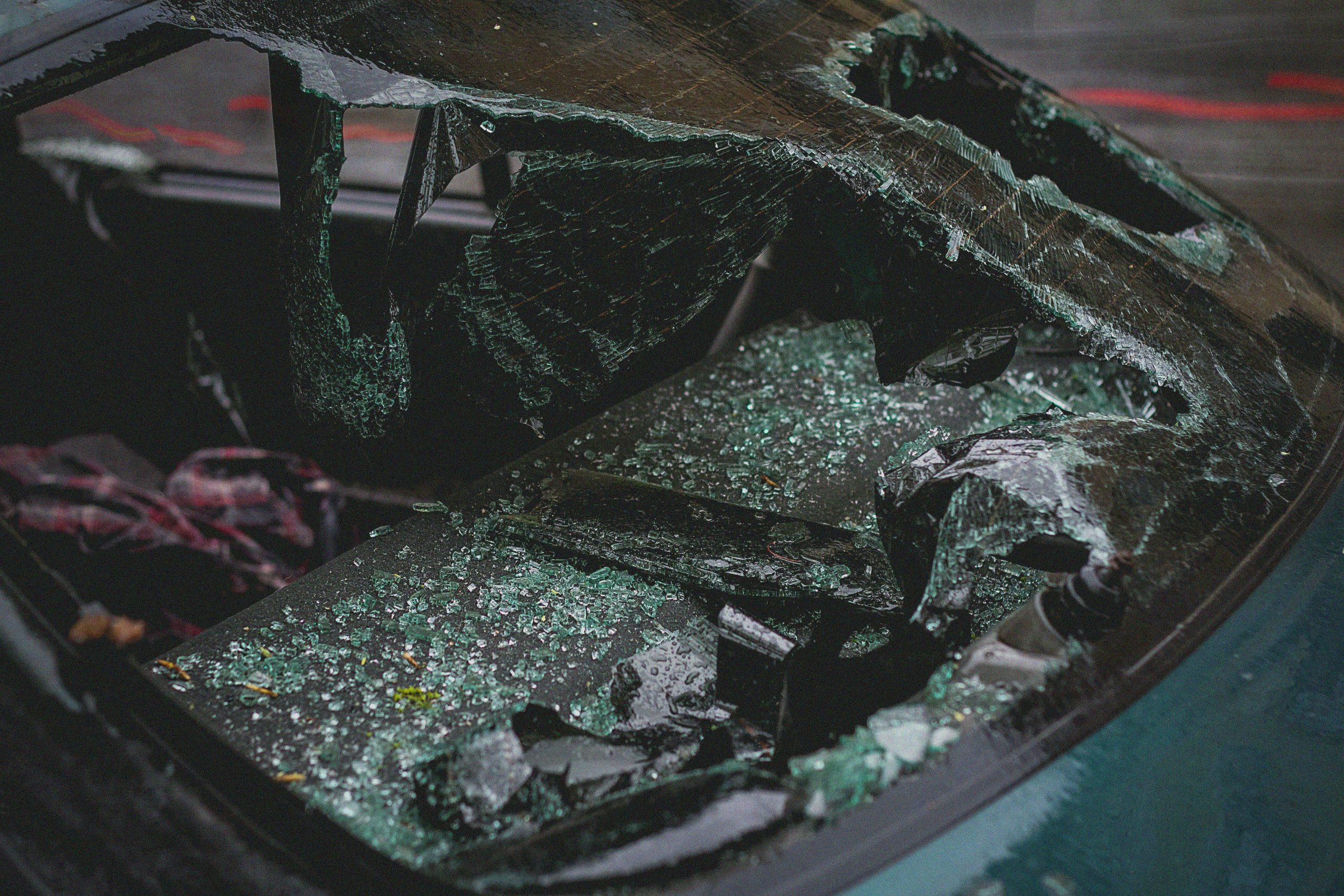The calculation of a flood insurance personal property claim depends primarily on the terms specified in the insurance policy you hold. Generally, there are two valuation methods for claims—Actual Cash Value (ACV) and Replacement Cost Value (RCV).
Actual Cash Value (ACV): When personal property claims are settled under ACV, the amount reimbursed to you is based on the cost to replace the item minus depreciation. Depreciation accounts for factors like age, condition, and obsolescence of the item. This means that you may receive less money than it would cost to buy a new item equivalent to the one lost or damaged unless the item is brand new. ACV tends to be more common in standard flood insurance policies.
Replacement Cost Value (RCV): With RCV, the claim amount provided is intended to cover the cost of replacing the damaged or lost item with a new one of similar kind and quality, without any deduction for depreciation. Some policies offer RCV for personal property, but this is less common and may be subject to certain policy terms and conditions.
The National Flood Insurance Program (NFIP), which is a primary provider of flood insurance in the United States, typically offers coverage for personal property at ACV. However, private insurance carriers may offer different valuation methods, so it is crucial to carefully review your policy or consult with your insurance agent to understand how your personal property claims will be assessed in the event of a flood. Additionally, understanding any applicable deductibles and exclusions is important to gauge the actual compensation you might receive.



